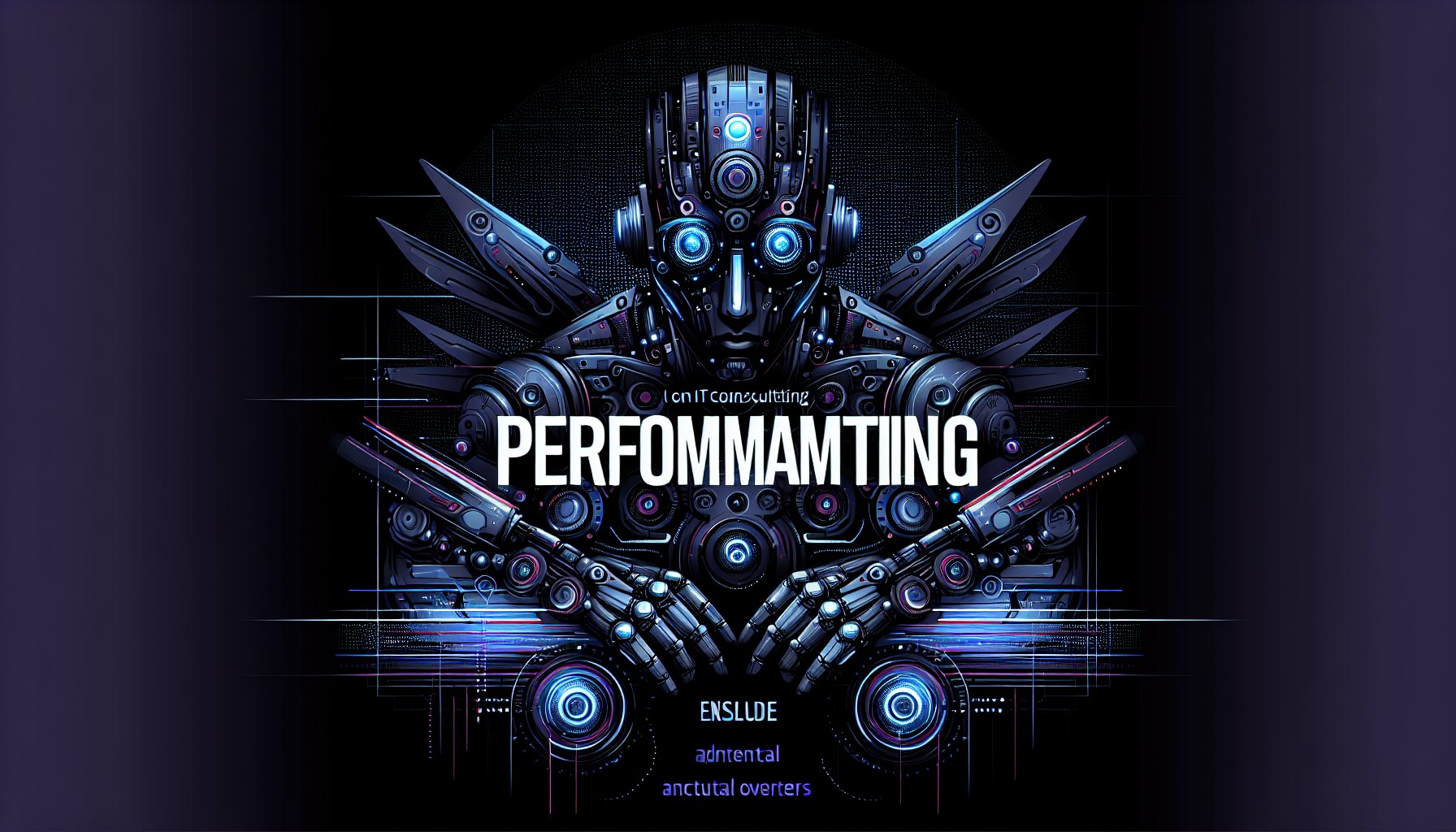Introduction
Performance tuning in the realm of IT development has always been a crucial aspect to ensure that systems and applications are running at their peak. It's about making the most of the resources at hand, optimizing for efficiency and scalability. Today, we delve into the most current and innovative approaches in Performance Tuning, focusing on groundbreaking technologies and future-forward best practices.
The Evolution of Performance Tuning
Performance tuning has come a long way, and with the advent of advanced analytics, artificial intelligence (AI), and machine learning (ML), the process has become more streamlined and efficient than ever. These emerging technologies have paved the way for predictive tuning, automated anomaly detection, and self-healing systems, helping businesses scale to new heights while minimizing system downtime.
Predictive Tuning
Predictive tuning utilizes machine learning algorithms to analyze historical performance data and predict future system behavior. This proactive approach allows IT professionals to address potential bottlenecks before they affect system performance. Developers can use libraries like TensorFlow or PyTorch to integrate predictive tuning into their applications.
Automated Anomaly Detection
Automated anomaly detection is another AI-powered tool that can significantly enhance performance tuning. Tools like Elastic’s machine learning features can effectively spot deviations in system behavior, alerting IT professionals to potential issues that could hamper performance.
Self-healing Systems
Self-healing systems are the next frontier in performance tuning. These systems leverage AI to identify issues and initiate corrective measures automatically, reducing the need for manual intervention and saving valuable time. IBM's Watson AIOps is a prime example of such a system.
Performance Tuning Best Practices
Adopting these advanced technologies is just one part of the equation. It's also crucial to follow best practices to ensure optimal performance tuning.
Regular Performance Testing
Performance testing should be an integral part of your development cycle. This practice allows you to identify any performance issues early on and fix them before they escalate. Tools like Apache JMeter and Gatling can be used for this purpose.
Performance Monitoring
Continuous performance monitoring is vital to maintaining system health. Tools like Grafana, Prometheus, and New Relic can provide real-time insights into your system's performance, helping you keep tabs on any potential issues.
Keeping Up with the Latest Trends
Staying updated with the latest trends in performance tuning is essential to keep your systems running efficiently. This includes keeping a close eye on emerging technologies and techniques, as well as staying abreast of any updates to your existing tools and platforms.
Conclusion
Tuning your systems for peak performance is an ongoing process that requires a proactive approach and a keen eye for detail. By harnessing the power of advanced technologies and following best practices, you can ensure that your systems are always running at their best, ready to scale as your business grows.
Remember: performance tuning isn't a one-time activity, but a continuous journey. Stay curious, keep learning, and always strive to push the boundaries of what's possible with your systems.
